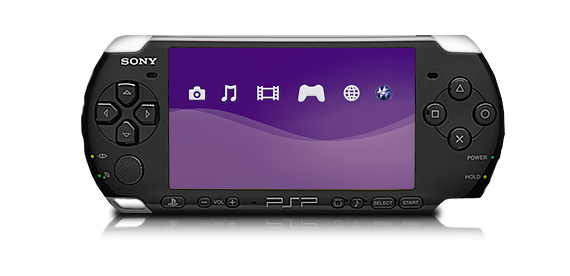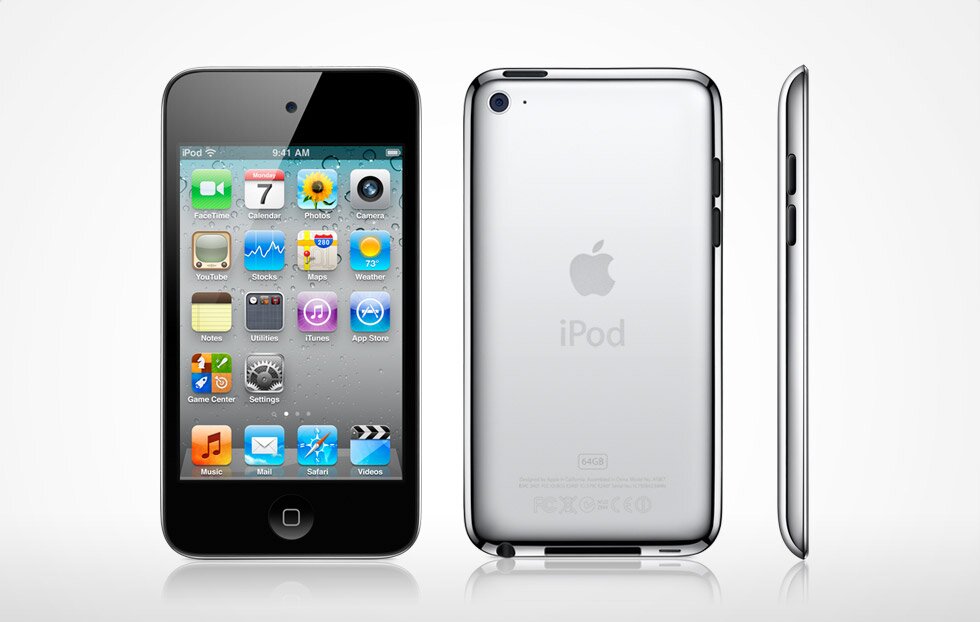When you look through the store for a new mobile gaming device, you may see a few options. How do you know which one is the one you should be taking home?
The two main players in the mobile gaming market are
Sony, with it's
Playstation Portable, and
Nintendo, with it's
DS. Both companies have announced a new model of their device which are not out currently. Nintendo's new model will be available March 27, 2011, while Sony's new device's release date is yet to be announced.
NINTENDO DS
Nintendo's DS is geared towards more casual gamers. Pokemon, Mario, and Zelda work great with this device. There is a Call of Duty game on the DS, but the graphics aren't great, and there aren't many games like it on the DS.
The DS uses two screens one on each half of the device. The device folds like a typical clamshell laptop. The top screen is usually where most of the action in a game happens, while the bottom screen, a capacitive touchscreen, is where additional data or controls usually go. On the two sides of the bottom screen are the A,B,X, and Y buttons, while the other side houses the up, down, right, and left buttons.
The DS is now in it's 4th generation, with the 5th, the
3DS, coming late March. The current model, the DSi XL, measures in at a pretty big 4.2 inches tall, and 6.34 inches across, and weighs about twelve onces.
At a newly lowered price of
$169.99 you get, along with the obvious ability of playing games, a front and rear facing camera (although no videochat), as well as some cool effects to add to your photos. The DSi XL includes a microphone, which, along with being useful for blowing up balloons in Mario Cart, can also be used to record sound clips, which can later be edited on the DS.
The DS's online features allow for one to download games and add on's from the DSi Ware store. The device also includes a web browser.
If you want all of the features of the DSi XL, but don't like the big size, the $149.99 DSi is fine.
The game selection on the DS is pretty big, but is focused on casual games. Nintendo brings some exclusive games to the DS, like Mario and Pokemon.
The next generation of the DS, the 3DS, is probably worth waiting until late March for. It's the first mobile gaming device with 3D capability. Read my review
here for more info.
SONY PLAYSTATION PORTABLE
 |
| PSP 3000 |
Sony's Playstation Portable, or PSP, is the device for more serious gamers. You'll get great graphics for games like Call of Duty, but casual games are harder to find. The PSP is available in two models, the PSP 3000, and the PSP Go. The 3000 is a device about 6.7 inches across, and 2.7 inches tall. At 6.7 grams, the PSP 3000 is almost half the weight of the DSi XL, making it much more portable.
The PSP 3000 uses small CD-like disks for games and movies, but also has support for storing content on a memory card.
The front of the PSP 3000 houses the 4.3 inch screen, as well as the legendary Playstation buttons. On the other side of the screen is the up, down, left, and right buttons. A mini joystick can be found right under the directional buttons.
With the PSP's built in WiFi, you can surf the net, download RSS podcasts, and even download and read comics. The PSP also allows you to remotely play games on your Plastation 3 (a device you hook up to the TV) that's at home.
 |
| PSP Go |
The PSP 3000 directly competes with the DSi XL with the MSRP of $169.99. For the same price as the DSi XL, you get more intense graphic capabilities, a built in microphone, a big 4.3 inch screen, and even the ability to make calls using Skype. The PSP Go is almost identical in features to the PSP 3000, the main difference is the fact that you have to download games onto the device, as there is no disk drive. The Go also sports a slide out piece that houses the controls. Sony recently announced a new model of the PSP, known as the PSP2. This device sports a touchscreen and some more new features, but no pricing or release date information is available yet.
SURPRISE, THE IPOD TOUCH
Although most don't think of an iPod as a gaming device, the iPod Touch is close to outselling both the DS and the PSP. The iPod Touch is surprisingly good with games, but almost all of the games on the Touch are aimed at very casual games. The iPod Touch is not only a gaming deice, and also allows you to install other apps to do things like read books, book airline tickets, and manage your calander.
See my review of the entire line of iPods for more details on the Touch here.
Overall, the iPod Touch is great for the very casual gamer who also wants to listen to music, watch movies, and even be productive on their gaming device. For the gamer who wants a device mostly devoted to gaming, but still focusing on more casual games, the DS is a great device. The more extreme gamer should go with the PSP. While he PSP has the ability to play movies and other content, it's much better at gaming, and you'll probably find that that's all you're doing with it.
 eHow is a website with many how-to questions and answers. People in the technology business do not seem to like eHow, and think that the content there is not useful. I personally have used eHow and like it. Some of the content may seem simple, but a lot of it is useful information.
eHow is a website with many how-to questions and answers. People in the technology business do not seem to like eHow, and think that the content there is not useful. I personally have used eHow and like it. Some of the content may seem simple, but a lot of it is useful information. 




















